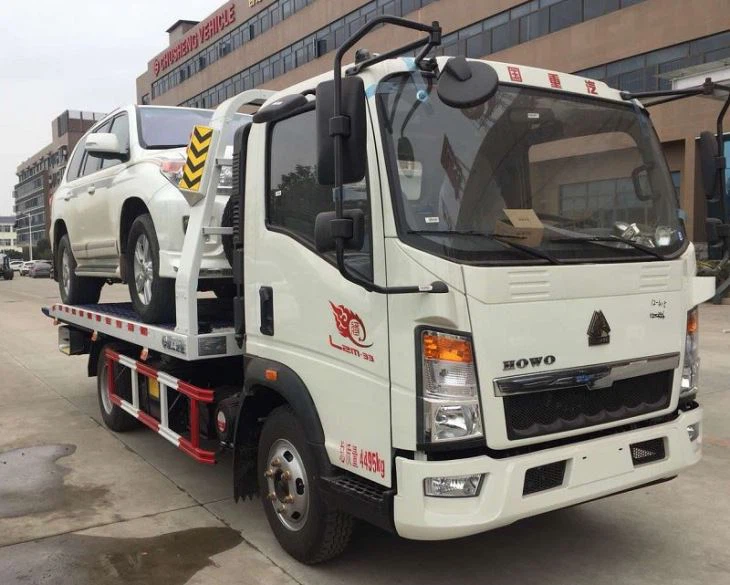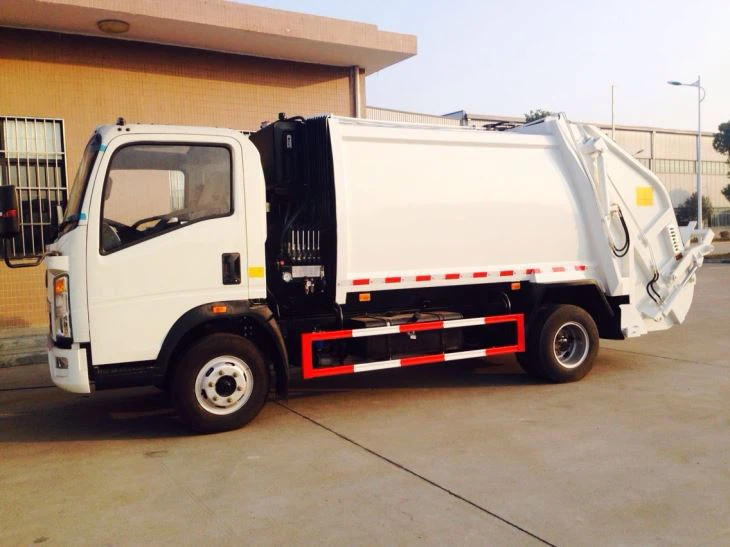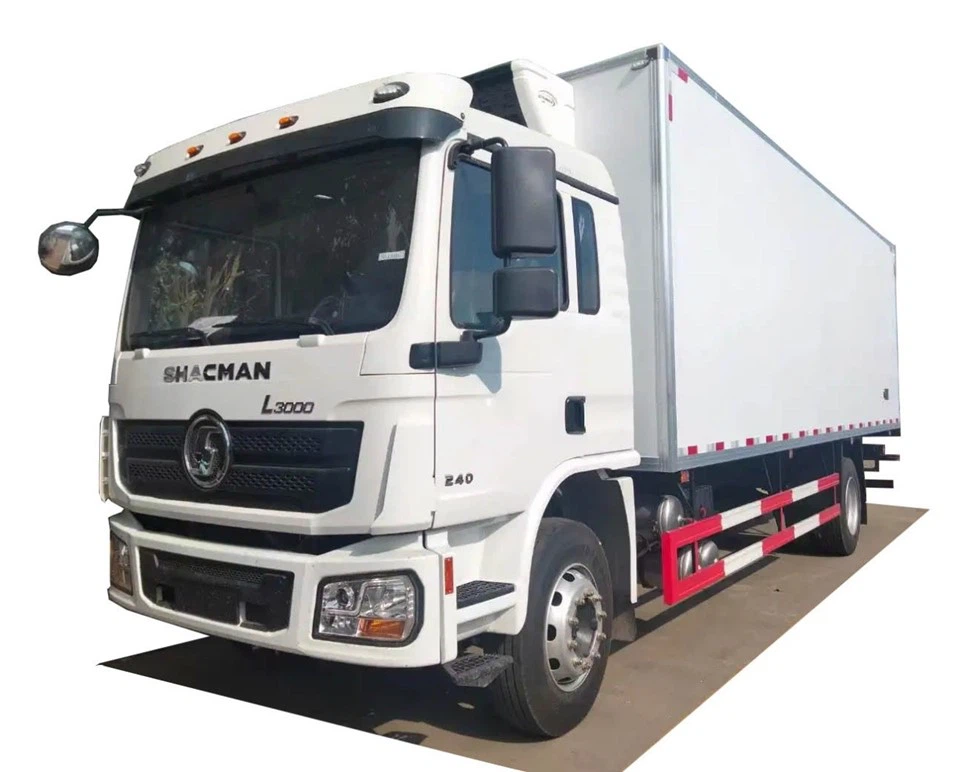Understanding Selco Balers: A Comprehensive Guide

Introduction
Selco balers are vital machinery in the waste management and recycling industries. They play a crucial role in compressing waste materials for easier handling, transportation, and recycling. This article will provide a comprehensive overview of Selco balers, their types, benefits, operational procedures, maintenance tips, and much more. By the end of the article, you will gain a thorough understanding of how Selco balers can optimize your waste management processes.
What is a Selco Baler?
A Selco baler is a machine designed to compress waste materials into manageable bales. These bales can then be transported and processed more efficiently. Selco balers are known for their durability, efficiency, and ability to handle a wide variety of materials, such as cardboard, paper, plastics, and metals.
The Importance of Balers in Waste Management
Balers reduce the volume of waste, making it easier to handle and transport. This not only saves space in landfills but also increases the efficiency of recycling operations. By compressing materials into bales, businesses can improve sorting processes and enhance their overall sustainability efforts.
Types of Selco Balers
Selco offers various types of balers that cater to different operational needs. Here, we will explore the most common types
Vertical Balers
Vertical balers are compact machines that require minimal floor space. They are ideal for businesses with limited room for waste processing.
Advantages of Vertical Balers

- Space-saving design
- Easy to operate
- Suitable for small to medium businesses
Horizontal Balers
Horizontal balers are larger machines that can handle larger quantities of waste materials. They operate with a conveyor belt system, allowing for continuous loading.
Benefits of Horizontal Balers
- Higher production rates
- Suitable for larger operations
- Can process various materials simultaneously
Next Generation Balers
Next-generation balers from Selco offer advanced features such as automatic baling cycles and energy-efficient operations. They are suitable for high-capacity applications.
Key Features of Selco Balers
Selco balers are equipped with numerous features designed to enhance their efficiency and effectiveness.

Durability and Construction
Selco balers are made from high-quality materials, ensuring they are robust and can withstand the rigors of heavy usage.
Automation and Control Systems
Many Selco balers come with advanced automation that allows for easy operation and monitoring of the baling process.
Energy Efficiency

Selco balers are designed with energy-saving features, leading to lower operational costs and reduced environmental impact.
Operating a Selco Baler
Proper operation of a Selco baler is essential for maximizing efficiency and safety.
Step-by-Step Operating Guide
- Ensure all safety measures are in place, including wearing protective gear.
- Load material into the baler’s loading chamber systematically to avoid jams.
- Activate the baler using the control panel, ensuring to adhere to the machine’s operational guidelines.
- Once the baling cycle is complete, remove the compressed bale and secure it as required.
Safety Precautions
Always follow the manufacturer’s instructions and establish safety protocols, such as proper training for operators and regular safety checks.
Maintenance of Selco Balers
Regular maintenance is crucial to ensure the longevity and efficiency of your Selco baler.
Daily Maintenance Tasks
- Inspect belts and chains for wear.
- Check hydraulic fluid levels and look for leaks.
- Clear any debris or blockages in the feed area.
Monthly and Yearly Maintenance
Consider investing in professional servicing to handle more extensive maintenance tasks like lubrication, parts replacement, and inspections.
Cost Considerations
The cost of a Selco baler can vary significantly based on its type, features, and specifications.
Initial Purchase Costs
Vertical balers are typically less expensive than horizontal models, but both types have budget-friendly options available.
Long-term Operational Costs
| Cost Category | Annual Estimate |
|---|---|
| Energy Consumption | $1,500 |
| Maintenance and Repairs | $700 |
| Operator Training | $300 |
Choosing the Right Selco Baler for Your Needs
Selecting the appropriate baler depends on various factors, including your operational scale, material type, and budget.
Assessing Your Waste Processing Needs
Conduct a waste audit to identify the types and volumes of materials your business generates. This will help determine which baler is most suitable for you.
Consultation and Recommendation
Consider consulting with Selco representatives for tailored recommendations based on your specific requirements. They can provide insights into which model will optimize your operations.
Case Studies: Successful Implementation of Selco Balers
Several businesses have transformed their waste management process through the strategic implementation of Selco balers.
Case Study 1: Retail Store Chain
A retail store chain utilized vertical Selco balers to manage cardboard waste effectively, which resulted in a 50% reduction in dumpster costs and improved space efficiency in their backrooms.
Case Study 2: Manufacturing Plant
A manufacturing facility integrated horizontal Selco balers into their operations, enabling them to handle large volumes of plastic waste. This led to enhanced recycling rates and improved environmental impact metrics.
FAQs about Selco Balers
1. What types of materials can be processed with a Selco baler?
Selco balers can process various materials, including cardboard, paper, plastics, and metals.
2. How do I maintain my Selco baler?
Regular maintenance should include daily inspections, timely lubrication, and scheduling professional servicing for larger repairs.
3. What is the difference between vertical and horizontal balers?
Vertical balers are more compact and ideal for smaller operations, while horizontal balers can process larger volumes and are suited for larger facilities.
4. How can Selco balers improve my business operations?
Selco balers can increase waste processing efficiency, reduce transportation costs, and enhance recycling efforts, ultimately improving your company’s sustainability.
5. Are Selco balers easy to operate?
Yes, Selco balers are designed with user-friendly controls. However, it is important to provide proper training to operators to ensure safe and correct usage.
6. What are the installation requirements for Selco balers?
Installation requirements may vary by model but typically include adequate space, power supply, and environmental considerations to accommodate the baler’s operational needs.
